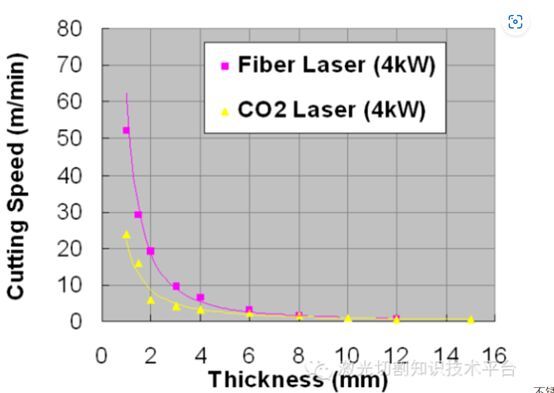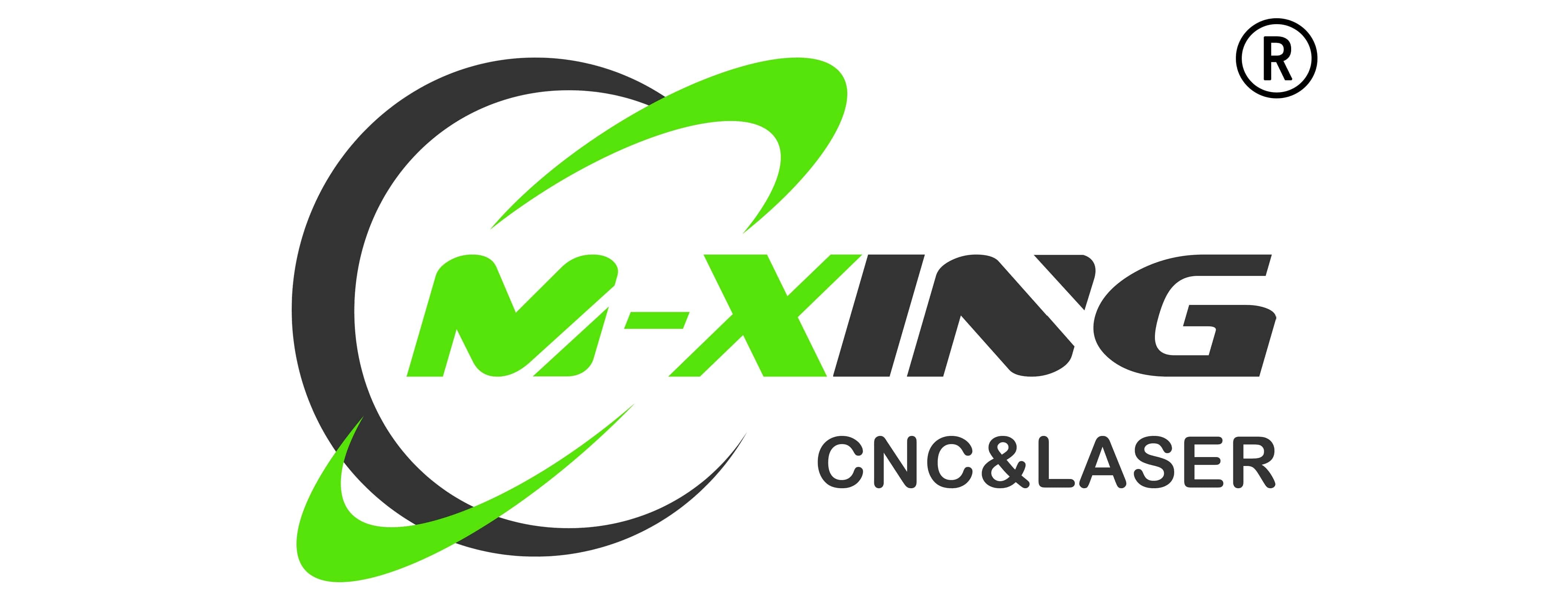Blog
At present, there are two types of metal sheet metal cutting laser processing machines in the sheet metal processing industry, one is the CO2 laser processing machine which was transformed into a product from industrial laser about 20 years ago, and the other is the fibre laser processing machine which was formally transformed into a product from industrial laser about 5 years ago. In terms of the number of laser machines sold in the Chinese sheet metal equipment market in recent years, CO2 laser machines account for 40% and fibre laser machines for 60%. Although in 2007, 100% of the laser processing machines sold in the market were basically CO2 laser processing machines, we know that in recent years, the momentum of fibre laser processing machines has been fierce and is being recognized by the market, and the number of units sold is gradually expanding.

The basic difference between CO2 and fibre lasers
Although the market trend is now in favour of fibre laser processing machines, are fibre laser processing machines really the best choice? In practice, of course, both have their strengths and weaknesses, and depending on the object of processing, each has advantages and disadvantages.
The CO2 laser is a gas beam obtained by exciting carbon dioxide molecules and has a wavelength of 10.6 μm, while the fibre laser is a solid laser obtained by placing a crystalline Yb (ytterbium) compound as a medium in an optical fibre and irradiating this crystal with a beam of light, which has a wavelength of 1.08 μm. This difference in wavelength has a significant impact on the processing characteristics of both. The difference in wavelength has a significant impact on the processing characteristics of both.
The concept of the fibre laser was first recognised as a laser that could propagate through an optical fibre. The reason for the propagation through optical fibres is its wavelength, which is 1.08μm. The advantage of using optical fibres is the long service life of the optical components and the high maintenance performance.
CO2 laser processing machines propagate the laser from the oscillator to the processing point with the aid of a reflector, generally in an optical path isolated from the outside air. Although the optical path is filled with air that is free of ordinary dust or foreign matter, the surface of the mirrors can become soiled over time that they need to be cleaned. In addition, the mirrors themselves are subject to wear and tear from absorbing small amounts of laser energy and need to be replaced. This, combined with the fact that multiple mirrors are used to adjust the angle of reflection of the laser to propagate the laser from the oscillator to the processing point, requires a certain level of technical competence and management to maintain proper operation.
However, the laser is transmitted from the oscillator to the process point via a single optical fibre. This optical fibre is generally referred to as the light guide fibre. Since there are no optical components like a reflector, and the laser is transmitted inside the light-guiding fibre, which is isolated from the outside air, the laser is hardly ever lost, but strictly speaking, the laser is repeatedly transmitted around the periphery of the light-guiding fibre, so the light-guiding fibre itself is somewhat lost, although this is several times longer than the reflector in a CO2 laser machine. In addition, if the propagation path is above the minimum curvature of the light-guiding fibre, then the path can be freely determined, so it is easy to adjust and maintain.
The laser generation process (laser oscillator structure) is also different, as the CO2 laser oscillator generates laser light by placing a gas mixed with CO2 in the discharge space. In order to ensure that the resonance length derived from the laser output power functions properly, the internal optical components of the oscillator are configured, and the internal optical components need to be cleaned and replaced periodically.
With fibre laser oscillators, as mentioned earlier, the laser is generated inside the fibre and is isolated from the outside air, so there is little need for regular maintenance.
The maintenance interval for the CO2 laser oscillator is set at approximately 4,000 hours, while the fibre laser oscillator is set at approximately 20,000 hours. In terms of service life and maintenance performance, as mentioned above, there are significant advantages for fibre laser processors.
In addition, we can also try to compare the cost of operation in terms of power consumption and so on, as the photoelectricity conversion rate of a CO2 laser generator is said to be around 10-15%, while that of a fibre laser generator is around 35-40%. Because of the high photovoltaic conversion rate, less electrical energy is converted into heat dissipation, and the fiber laser processor is able to keep the power consumption of cooling devices such as chillers to a lower level. Generally speaking, fiber laser processors require a higher degree of precision in managing the cooling temperature of the oscillator compared to a CO2 oscillator, however, for the same laser output power, the oscillator of a fiber laser processors with about 1/2 to 2/3 the cooling capacity of a CO2 laser oscillator is sufficient. Therefore, in terms of power consumption of all laser processing units, a fiber laser processor can operate at about 1/3 of the power consumption of a CO2 laser processor, making it a very energy efficient laser processing machine.
Differences in processing characteristics
When it comes to the processing of CO2 lasers and fibre lasers, there are significant differences between the two due to their respective wavelengths.

The combined capabilities of laser processing machines
With high acceleration and deceleration performance comes the need for a tough, highly rigid frame that can withstand its kinematic properties. In order to maintain the accuracy of the product, an intrinsic structure that can control the high degree of motion is required. To maximise the laser processing capability of the oscillator, the overall capability of the laser machine, including the drive axis, needs to be improved.
Because the components of a fibre laser machine are relatively simple, it is possible to design and manufacture a laser machine without laser processing technology and still produce a quality fibre laser machine. In addition, many of the components of a fibre laser machine are commercially available, and the processing capability of a machine made from the assembly of these components is largely unimpressive. This is one of the reasons why there has been a proliferation of manufacturers selling fibre laser machines recently.
But in CO2 laser processing machines, a lot of processing technology like laser propagation is required, so it is easy to see differences in features and performance between manufacturers of processing machines. The real laser processing machine manufacturers should have mature technology, the ability to design and manufacture CO2 laser processing machine, but also from the production of CO2 laser processing machine accumulated processing technology can be used to design and manufacture fiber laser processing machine, with this kind of processing technology manufacturers are the future of the processing machine market needs.
Although it is difficult to put a numerical value on processing accuracy and quality, the best choice is a laser machine that can always maintain a high level of accuracy and quality and has a very high level of motion. However, it is also necessary to make a calm judgement before deciding, depending on what is to be processed. If the material to be processed has a large number of thin plates, the production volume is high and you still want to control the processing costs, a fibre laser processing machine is the best choice. However, if there are many cases where thicker plates than 6.0mm are to be processed, or if a certain quality of processing is required, a CO2 laser machine is more suitable. Follow-up work will need to be carried out using a separate process and the total cost of processing is very high when operated by human labour. When choosing a laser processing machine, in addition to the laser process, please make a comprehensive judgement from the perspective of your product and manufacturing.


